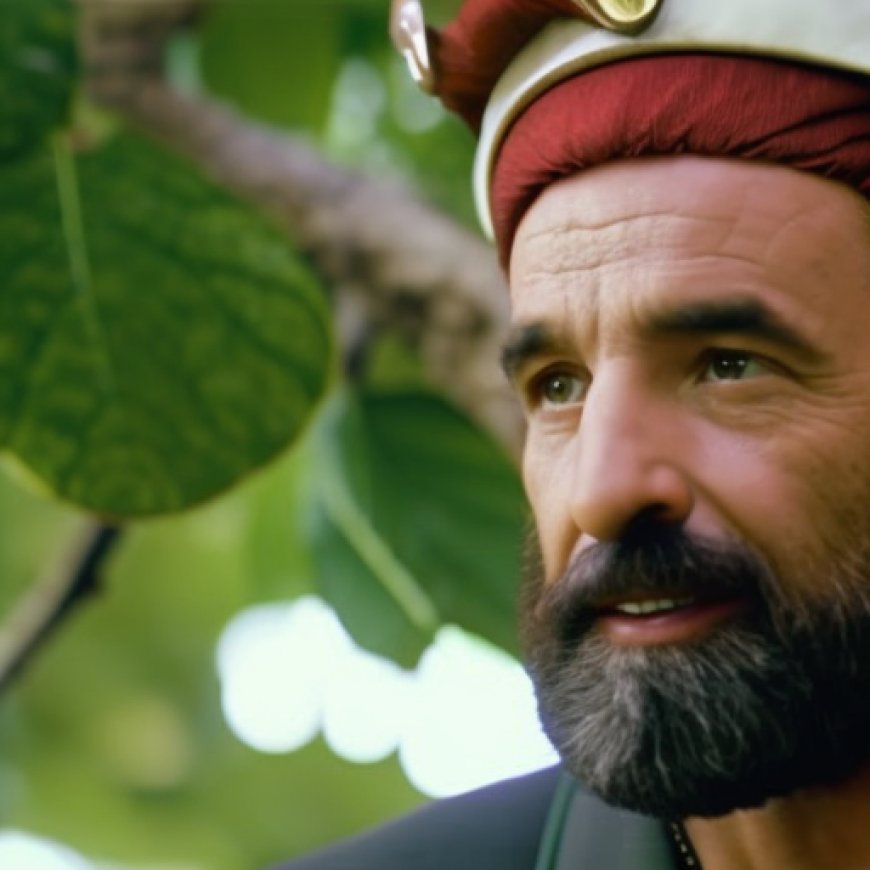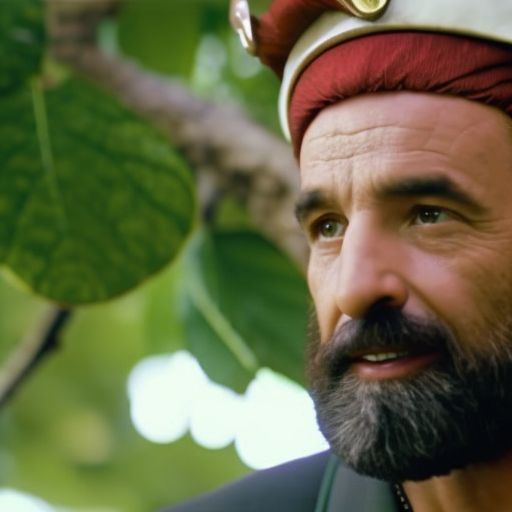From Indiana to the Andes, IU protects the planet through biodiversity research, advocacy
From Indiana to the Andes, IU protects the planet through biodiversity research, advocacy IU Newsroom


Report: Protecting Biodiversity and Achieving Sustainable Development Goals
Introduction
A loss in the diversity of wildlife is one of the greatest threats to the planet today. Researchers at Indiana University’s Midwest Center for Biodiversity are working to protect the planet’s ecosystems through impactful, groundbreaking research. Their research is making a difference in Indiana and beyond, even reaching the peaks of the Andes Mountains, where a boom in lithium mining has left one of the rarest and most charismatic migratory birds, the Andean flamingo, at risk.
Setting the Scene
Indiana University established the Midwest Center for Biodiversity in 2023 to address the drastic decline in biodiversity in the Midwest and beyond. The center aims to determine the causes for biodiversity loss, recommend solutions in conservation practice and policy, and communicate the need for an urgent response. Habitat loss is identified as a major threat to biodiversity, with significant areas of land being transformed for agricultural use.
Making an Impact in the Midwest
The Midwest Center for Biodiversity conducts various research projects to understand and mitigate the impacts on biodiversity. Some ongoing projects include studying the effects of artificial light at night on bird breeding and migration, the impact of window strikes on bird populations, and species vulnerability and resilience. The center also engages with the community through summer camps and bird-banding lessons.
Birds Know No Borders
The center’s research focuses on migratory birds, which are experiencing a steep decline in population. The study of migratory birds is crucial as they serve as indicators of ecosystem health. The center conducts hands-on research on bird migration and behavior, such as tracking American robins on the Bloomington campus. The research has led to important discoveries about their migration patterns and destinations.
Research in Action
The researchers at the Midwest Center for Biodiversity have formed an international partnership with researchers in Argentina to study Andean flamingos and advocate for their protection. Flamingos in the Andes are at risk due to lithium mining in the region. The research team tracks the flamingos’ migration using GPS-enabled transmitters and collects data on their habitat use throughout the year. This data is crucial for developing effective conservation plans and advocating for their protection.
A Delicate Balance
The research conducted by the team in Argentina has shown that mining activities negatively impact flamingo colonies and their breeding cycle. The data collected has been shared with an agency that certifies mining operations as sustainable, urging them to consider the impact on flamingos in their environmental assessments. The team is working towards including Andean flamingos in these assessments to ensure their protection.
Conclusion
The work of the Midwest Center for Biodiversity is crucial in protecting biodiversity and achieving the Sustainable Development Goals (SDGs). By conducting impactful research, engaging with communities, and advocating for conservation, the center is making a positive difference in sustaining the planet’s biodiversity. Continued efforts and collaborations are needed to ensure the protection of wildlife and ecosystems for future generations.
SDGs, Targets, and Indicators
SDG 15: Life on Land
- Target 15.1: By 2020, ensure the conservation, restoration, and sustainable use of terrestrial and inland freshwater ecosystems and their services, in particular forests, wetlands, mountains, and drylands, in line with obligations under international agreements.
- Indicator 15.1.1: Forest area as a proportion of total land area.
- Indicator 15.1.2: Proportion of important sites for terrestrial and freshwater biodiversity that are covered by protected areas, by ecosystem type.
SDG 11: Sustainable Cities and Communities
- Target 11.7: By 2030, provide universal access to safe, inclusive and accessible, green and public spaces, in particular for women and children, older persons, and persons with disabilities.
- Indicator 11.7.1: Average share of the built-up area of cities that is open space for public use for all, by sex, age, and persons with disabilities.
SDG 6: Clean Water and Sanitation
- Target 6.6: By 2020, protect and restore water-related ecosystems, including mountains, forests, wetlands, rivers, aquifers, and lakes.
- Indicator 6.6.1: Change in the extent of water-related ecosystems over time.
SDG 12: Responsible Consumption and Production
- Target 12.4: By 2020, achieve the environmentally sound management of chemicals and all wastes throughout their life cycle, in accordance with agreed international frameworks, and significantly reduce their release to air, water, and soil in order to minimize their adverse impacts on human health and the environment.
- Indicator 12.4.1: Number of parties to international multilateral environmental agreements on hazardous waste, and other chemicals that meet their commitments and obligations in transmitting information as required by each relevant agreement.
Analysis
The article discusses the work of Indiana University’s Midwest Center for Biodiversity in addressing the decline in biodiversity and protecting ecosystems. Based on the content of the article, the following SDGs, targets, and indicators can be identified:
1. Which SDGs are addressed or connected to the issues highlighted in the article?
The issues highlighted in the article are connected to the following SDGs:
- SDG 15: Life on Land
- SDG 11: Sustainable Cities and Communities
- SDG 6: Clean Water and Sanitation
- SDG 12: Responsible Consumption and Production
2. What specific targets under those SDGs can be identified based on the article’s content?
The specific targets identified based on the article’s content are:
- Target 15.1: By 2020, ensure the conservation, restoration, and sustainable use of terrestrial and inland freshwater ecosystems and their services.
- Target 11.7: By 2030, provide universal access to safe, inclusive and accessible, green and public spaces.
- Target 6.6: By 2020, protect and restore water-related ecosystems.
- Target 12.4: By 2020, achieve the environmentally sound management of chemicals and all wastes throughout their life cycle.
3. Are there any indicators mentioned or implied in the article that can be used to measure progress towards the identified targets?
The indicators mentioned or implied in the article that can be used to measure progress towards the identified targets are:
- Indicator 15.1.1: Forest area as a proportion of total land area.
- Indicator 15.1.2: Proportion of important sites for terrestrial and freshwater biodiversity that are covered by protected areas, by ecosystem type.
- Indicator 11.7.1: Average share of the built-up area of cities that is open space for public use for all, by sex, age, and persons with disabilities.
- Indicator 6.6.1: Change in the extent of water-related ecosystems over time.
- Indicator 12.4.1: Number of parties to international multilateral environmental agreements on hazardous waste, and other chemicals that meet their commitments and obligations in transmitting information as required by each relevant agreement.
Table: SDGs, Targets, and Indicators
| SDGs | Targets | Indicators |
|---|---|---|
| SDG 15: Life on Land | Target 15.1: By 2020, ensure the conservation, restoration, and sustainable use of terrestrial and inland freshwater ecosystems and their services. | Indicator 15.1.1: Forest area as a proportion of total land area. Indicator 15.1.2: Proportion of important sites for terrestrial and freshwater biodiversity that are covered by protected areas, by ecosystem type. |
| SDG 11: Sustainable Cities and Communities | Target 11.7: By 2030, provide universal access to safe, inclusive and accessible, green and public spaces. | Indicator 11.7.1: Average share of the built-up area of cities that is open space for public use for all, by sex, age, and persons with disabilities. |
| SDG 6: Clean Water and Sanitation | Target 6.6: By 2020, protect and restore water-related ecosystems. | Indicator 6.6.1: Change in the extent of water-related ecosystems over time. |
| SDG 12: Responsible Consumption and Production | Target 12.4: By 2020, achieve the environmentally sound management of chemicals and all wastes throughout their life cycle. | Indicator 12.4.1: Number of parties to international multilateral environmental agreements on hazardous waste, and other chemicals that meet their commitments and obligations in transmitting information as required by each relevant agreement. |








